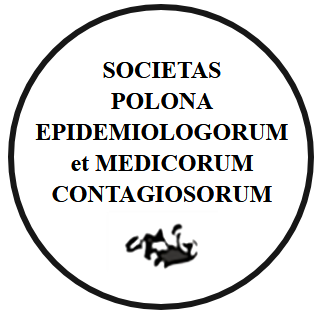ABSTRACT
OBJECTIVE. The aim of the paper is to present in a synthetic way the sin tax tool, the mechanisms of its functioning, challenges related to the tool and examples of the application of this tax in selected countries.
MATERIAL AND METHOD. In accordance with Agency for Health Technology Assessment and Tariff System guidelines, a review of literature in the PubMed and Cochrane scientific databases was conducted on the basis of search searches. They searched grey literature and institutional documents of health organizations and legal acts of selected countries that introduced sin tax in the period since 2005.
RESULTS. Sin tax is a public health tax that aims to reduce the negative health attitudes of the population through the use of a price regulation mechanism. In order to prepare an effective economic tool, it is important to model it properly. Today, 35 countries around the world have introduced an additional tax on tobacco products, which is wholly or partly used for health care. In 9 countries, targeted taxes have been introduced on a component whose excessive consumption adversely affects health (sugar, salt, fats).
CONCLUSIONS. Sin tax is a tool that, if properly implemented, can contribute to changing consumer behaviour and thus have a positive impact on the health of the population. It should be remembered that decisions taken at the central level, especially those concerning the introduction of new taxes, should be supported by reliable analyses. Although sin tax is undoubtedly an effective and increasingly widely used tool, it is not free from defects. One of its major drawbacks is its regressive character and potential negative social perception.
STRESZCZENIE
CEL PRACY. Celem pracy jest przedstawienie w sposób syntetyczny narzędzia sin tax, przybliżenie mechanizmów jego funkcjonowania, wyzwań związanych z narzędziem oraz przykładów zastosowania tego podatku w wybranych krajach.
MATERIAŁ I METODA. Zgodnie z wytycznymi AOTMiT na podstawie kwerend wyszukiwania przeprowadzono przegląd piśmiennictwa w bazach naukowych PubMed i Cochrane. Przeszukano literaturę szarą oraz dokumenty instytucjonalne organizacji zajmujących się zdrowiem oraz aktów prawnych wybranych państw, które wprowadziły sin tax w okresie od 2005 roku.
WYNIKI. Sin tax jest to podatek zdrowia publicznego, którego celem jest ograniczenie negatywnych postaw zdrowotnych społeczeństwa poprzez wykorzystanie mechanizmu regulacji ceny. W celu przygotowania skutecznego narzędzia ekonomicznego ważne jest jego odpowiednie modelowanie. Obecnie 35 państw na świecie wprowadziło dodatkowy podatek od wyrobów tytoniowych, który w całości lub częściowo przeznaczany jest na ochronę zdrowia. W 9 krajach wprowadzono podatki celowane na składnik, którego nadmierne spożycie wpływa niekorzystnie na zdrowie (cukier, sól, tłuszcze).
WNIOSKI. Sin tax jest narzędziem, które odpowiednio zaimplementowane może przyczynić się do zmiany zachowań konsumentów, tym samym pozytywnie wpływając na stan zdrowia populacji. Należy pamiętać, by decyzje podejmowane na szczeblu centralnym, zwłaszcza dotyczące wprowadzenia nowych podatków, były poparte rzetelnymi analizami. Choć sin tax jest niewątpliwie narzędziem skutecznym i coraz szerzej stosowanym, nie jest pozbawiony wad. Jednym z większych jego mankamentów jest regresywny charakter oraz potencjalny negatywny odbiór społeczny.
You can change cookies settings in your browser. Restricted use of cookies in the browser configuration may affect some functionalities of the website.





